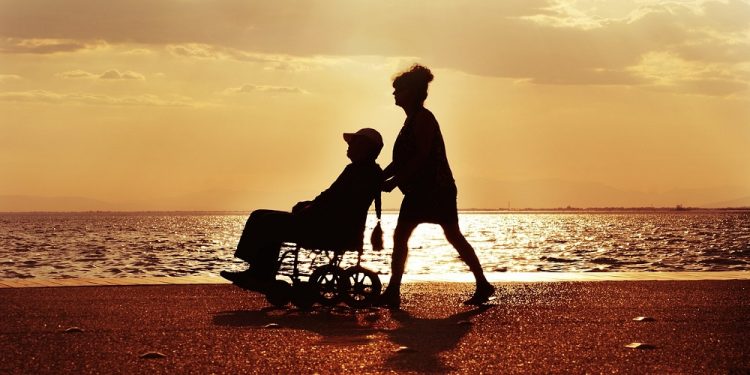
National Barrier Awareness Day
National Barrier Awareness Day is a holiday that falls on May 7th and is designed to raise public understanding of the physical, cultural, and financial obstacles that the disabled in the U.S. face. In the United States, there are over 61 million adults living with a disability. That’s about 1 out of every 4 Americans as of 2021.
This day attempts to raise the public’s awareness of the problems that disabled Americans face so that we can all work towards removing those obstacles. This is a holiday that was first enacted in the mid-1980s and has been an important day for all Americans to observe ever since.
The History of National Barrier Awareness Day
This holiday was first enacted by House Joint Resolution 544 on May 7, 1986. This resolution gave the U.S. president the authority to issue a proclamation recognizing this day.
That is exactly what U.S. President Ronald Reagan did when he issued Proclamation 5472. This holiday called for a day that recognized the challenges that disabled Americans face so that all of us can come together to remove those barriers.
Facts About Disability
As is usually the case for us, as we researched this holiday, we came across some facts about disability in the U.S. So we decided to share those facts with everyone who is thinking about observing National Barrier Awareness Day.
- Approximately 1 out of 20 people incur a short-term disability (under 6 months) every year.
- Approximately 1 out of 4 Americans will become disabled before they retire.
- Only about 9% of disabilities are caused by accidents.
- The number one cause of disability is musculoskeletal and connective tissue disorders.
Observing National Barrier Awareness Day
Americans can observe this holiday by taking the time to write to their politicians to improve access for disabled Americans.
People can also use the hashtag #NationalBarrierAwarenessDay to spread the word about this holiday to those who may not yet know about it. And finally, people can truly make a difference by volunteering their time to programs that help the disabled achieve a more independent life.








